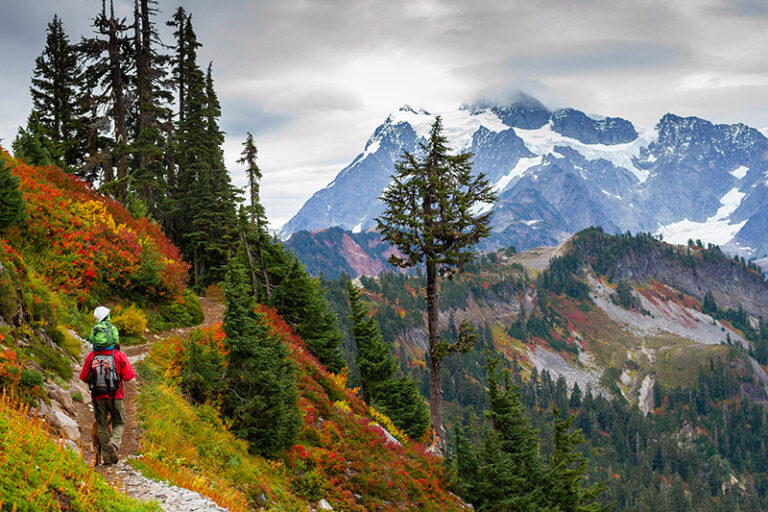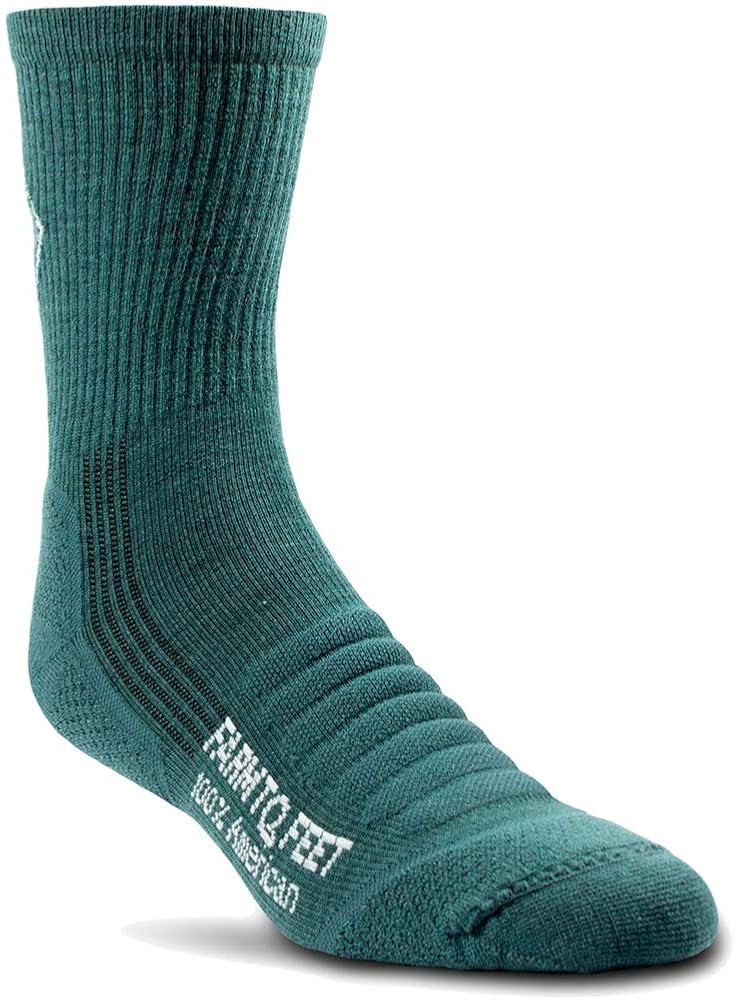As soon as the last of the winter snow is finally gone from Mount Spokane, the mountain comes alive with a smorgasbord of edible mushrooms, wild berries, and wild plants. Over the years, I have taken a lot of people out into the woods on wild edible forays. Some were new to foraging and wanted to learn what was edible and what was not. Others were old timers like me who just enjoy being in the woods. The abundance in our region this time of year can turn any walk into a hunt for wild edibles.
The first thing I look for when we start our edible walk is to check out the fir trees for new growth. It is easy to find the new growth, because the needles are a pale green. I call them nature’s breath mint, because they have a refreshing lemon taste to them, which goes away very quickly.
Some wild plants taste good and are easy to digest. Others, not so much. Still others are unpalatable or can be poisonous. Plants, like animals, are products of thousands of years of adaptations. Many wild plants have survived over the years and even thrived due to the fact they are poisonous or very bitter to the taste. That being said, there are many wonderful edible plants here in the woods of the Inland Northwest. You should always be 100 percent positive a wild plant is edible before you try it and should try only a small amount the first time. If you find something you like, please avoid over-harvesting. You should always leave some mature plants to produce seeds for the next season.
One of the first edible plants of the season is miner’s lettuce. The early season variety is normally found in early spring, depending on when our snow has melted. (One year I found some in February growing near the Little Spokane River.) There is a later variety that can be found in late spring and early summer. This plant was very popular during the gold rush to California, hence the name. The young leaves of this plant can be eaten in a salad or as a trailside snack. They are very tasty and an excellent source of vitamin C.
Another of the wild edibles that go well in a salad are yellow violets. All violets are edible, including the garden variety, with no objectionable flavor or bitterness in any of them. The leaves can also be used to make a substitute for tea. Violets are often used to thicken soup, especially in the southern part of the U.S. where they may be called “wild okra.”
A few other plants worth trying are the flowers and leaves of the shooting star, the flowers and leaves of the trillium, flowers of the sticky geranium, flowers of the fireweed, flower petals of the daylily (they have mild onion flavor), and the root of wild ginger, which can be eaten raw. Most of these plants can be found on Mount Spokane, but some can also be found in Riverside State Park and along the Little Spokane River.
Don’t forget the dandelion, which can also be found at lower elevations. Most people think of it as just a plain old weed, but it’s much more than that. The whole plant is edible. The leaves and flowers can be used in a salad, while the root can be roasted and ground into a coffee-like beverage. You can also dry the leaves, which can then be used to make tea.
As the season progresses, be on the look for berries. On just about any of the many trails on Mount Spokane, you will find huckleberries. The best areas to look are on the cross-country ski trails. That is also a good place to find thimbleberries. Eat them by the handful or save them for a salad topper.
Don’t forget to check for wild, edible mushrooms. There are plenty of great edible mushrooms to be found on Mount Spokane. Besides everyone’s favorite, morels, there are also yellow coral, king boletes (porcini), wood ears, puffballs, honey mushrooms, lobster mushrooms, and bear’s head.
Pick up a copy of “Plants of the Inland Northwest and Southern Interior British Columbia” at your local book store and see what you can find while foraging on Mount Spokane or your local natural area this late spring and summer. Make a salad of your wild edibles. It’s so much better than anything you can buy in the grocery store!
Rich Leon













